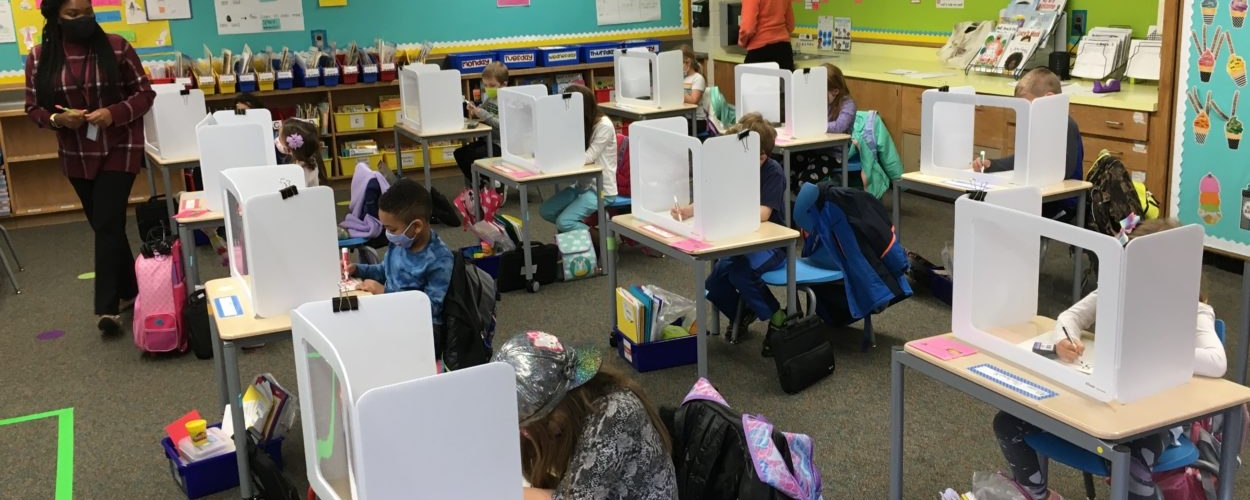The Connecticut General Assembly Education Committee is hearing testimony Wednesday about how to make Connecticut’s education funding formula more equitable.
“What this bill does is it really simplifies the process of funding students that goes based on need,” Subira Gordon said.
Gordon, executive director of ConnCAN, said the legislation increases the weight for English language learners and students who live in concentrated poverty.
“We think so many families in Connecticut don’t have the option of real estate choice and the only way to get their child to a high-performing school is by exercising school choice,” Gordon said.






